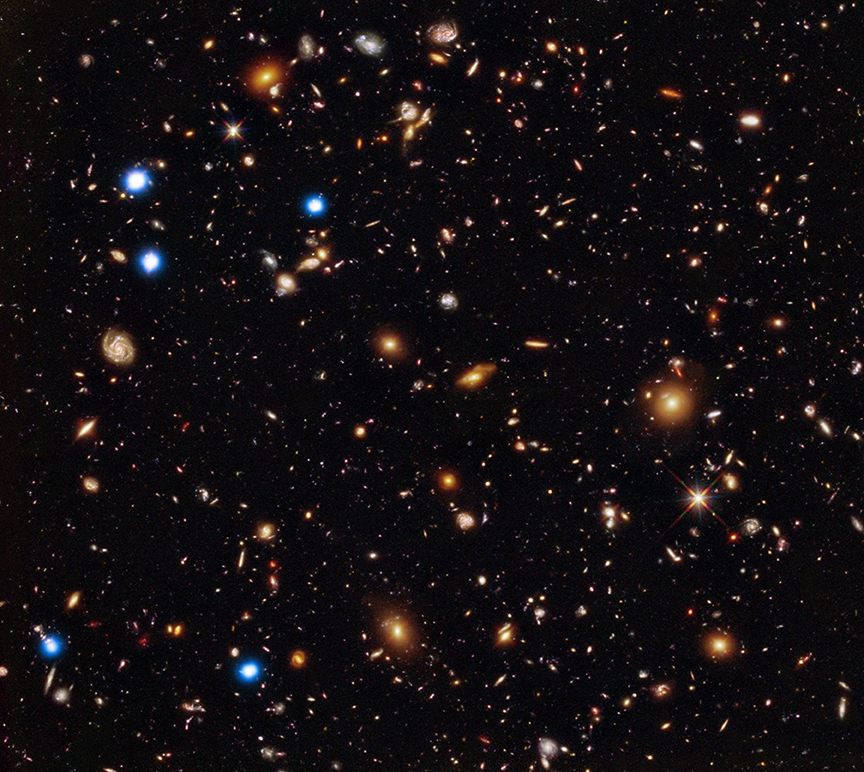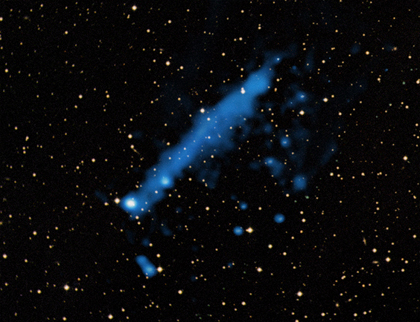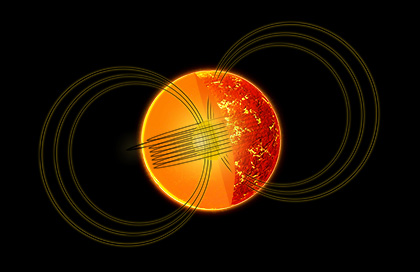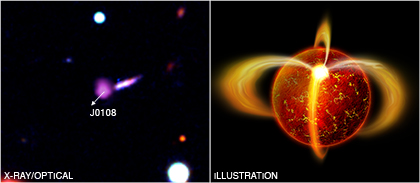Look Back Time -- Remembering Franco
Submitted by chandra on Fri, 2012-10-26 12:23The finite speed of light means that we must always be out of date, no matter how hard we strive to keep up with the times. The term look-back time refers to the time in the past when the light we now observe from a distant object was emitted. For example, deep Chandra observations have detected X-rays that have been travelling through intergalactic space for billions of years since they were emitted by jets of gas that were likely produced by rotating supermassive black holes. With these data, astronomers use Chandra and other telescopes as one-way time machines that enable them to see objects as they were in the past.




